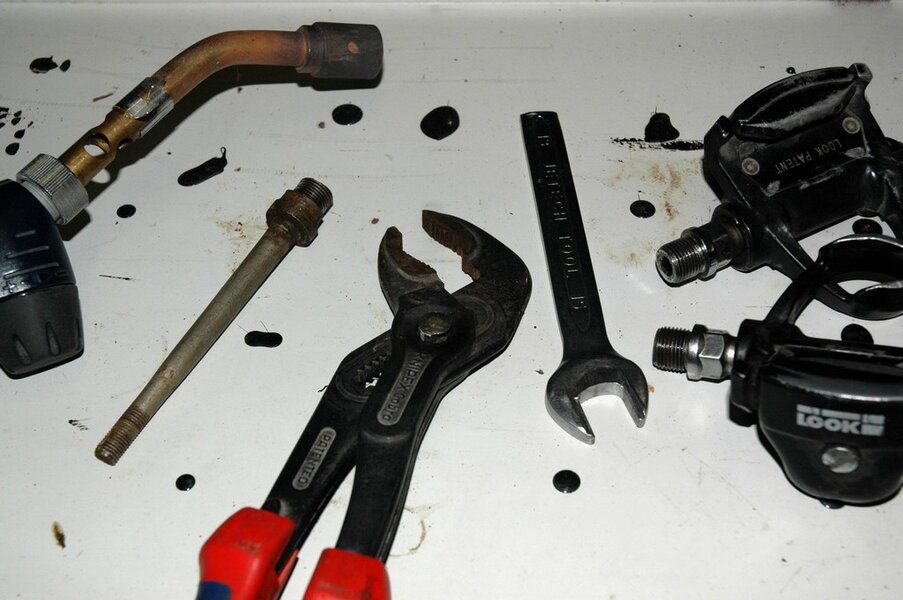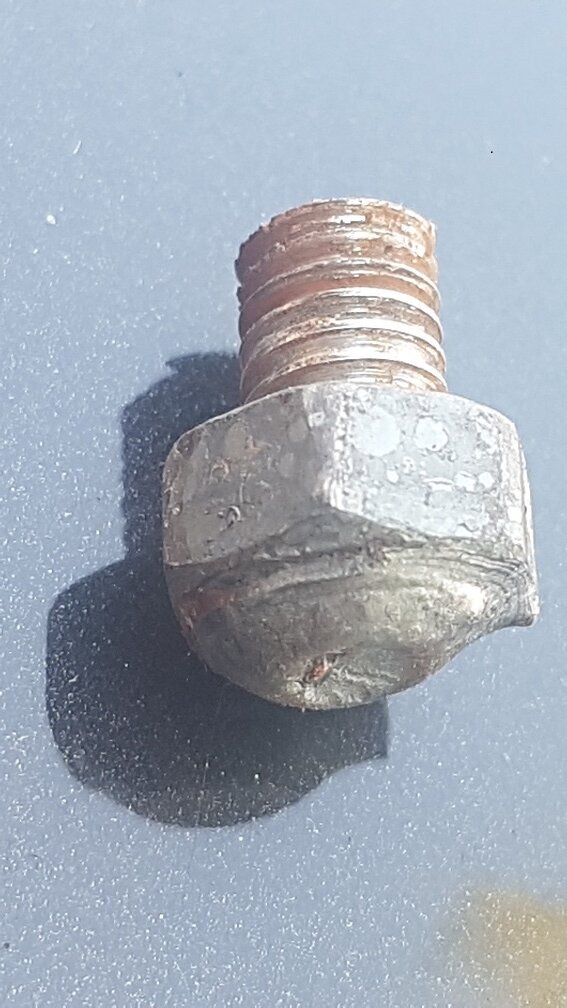Some good input there.
Collapsing threads would be a last option for me; where I would go slow and gradually increase the drill size; starting from the back of the crank side and no need to cut the entire axle off.
Interesting tool that stud remover. A bit unsure how it can work since a lot of pedals have a conical spindle.
Collapsing threads would be a last option for me; where I would go slow and gradually increase the drill size; starting from the back of the crank side and no need to cut the entire axle off.
Interesting tool that stud remover. A bit unsure how it can work since a lot of pedals have a conical spindle.

